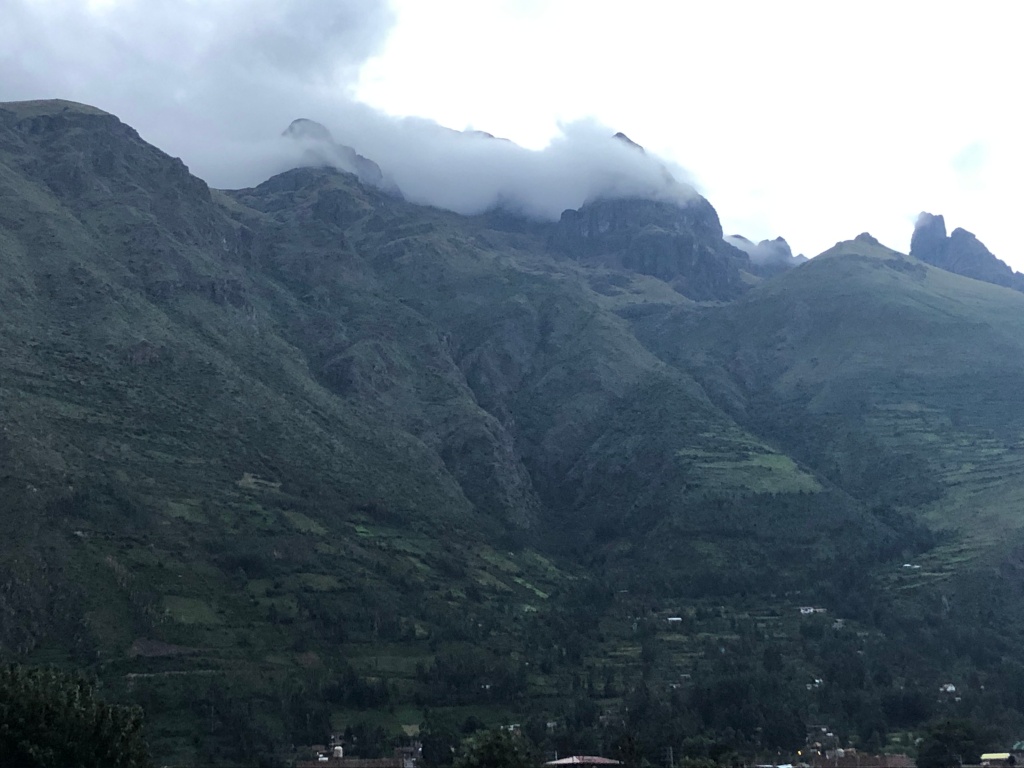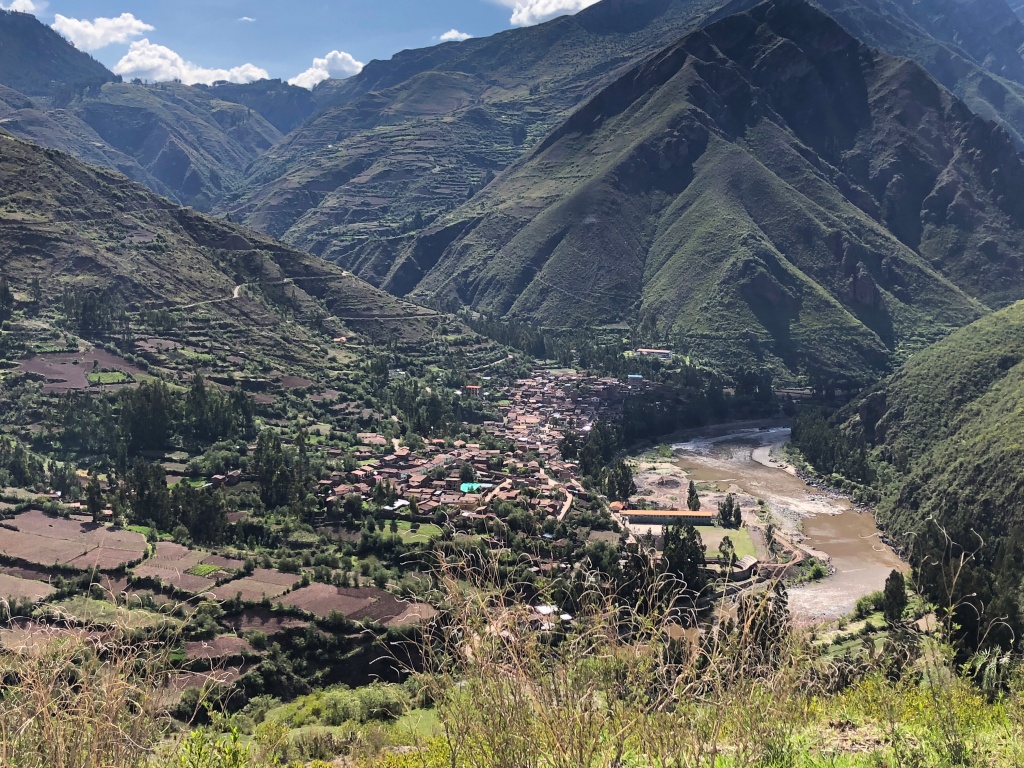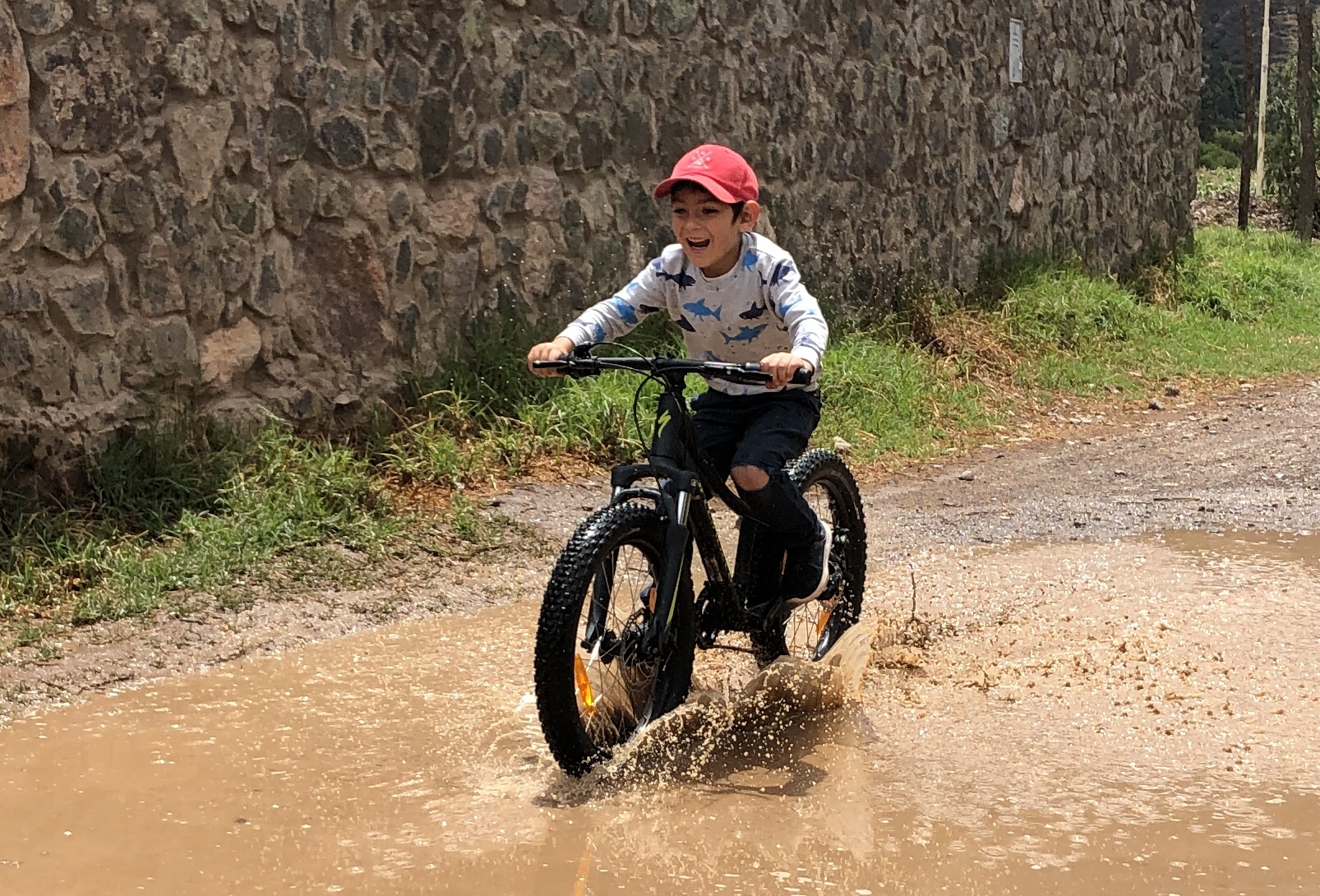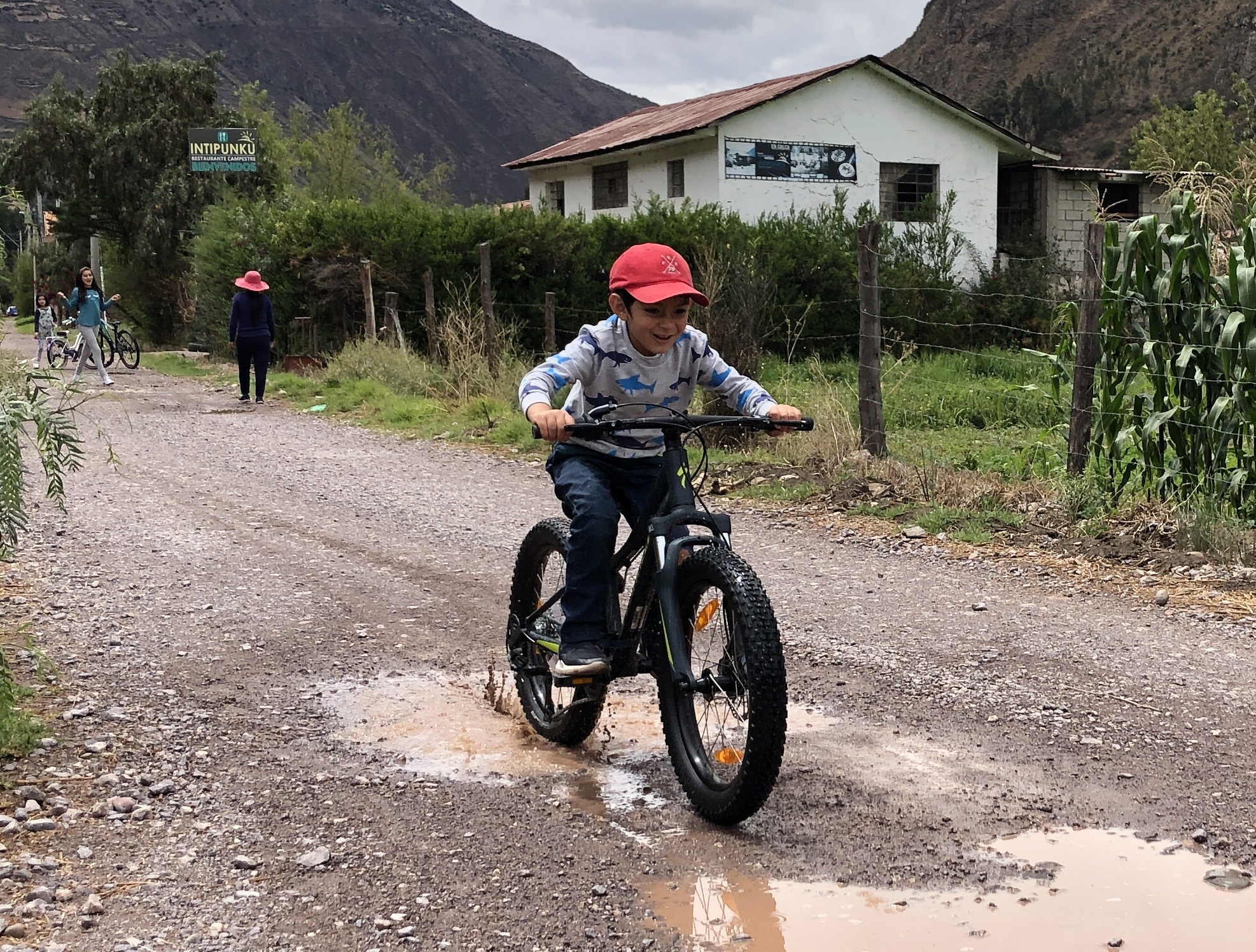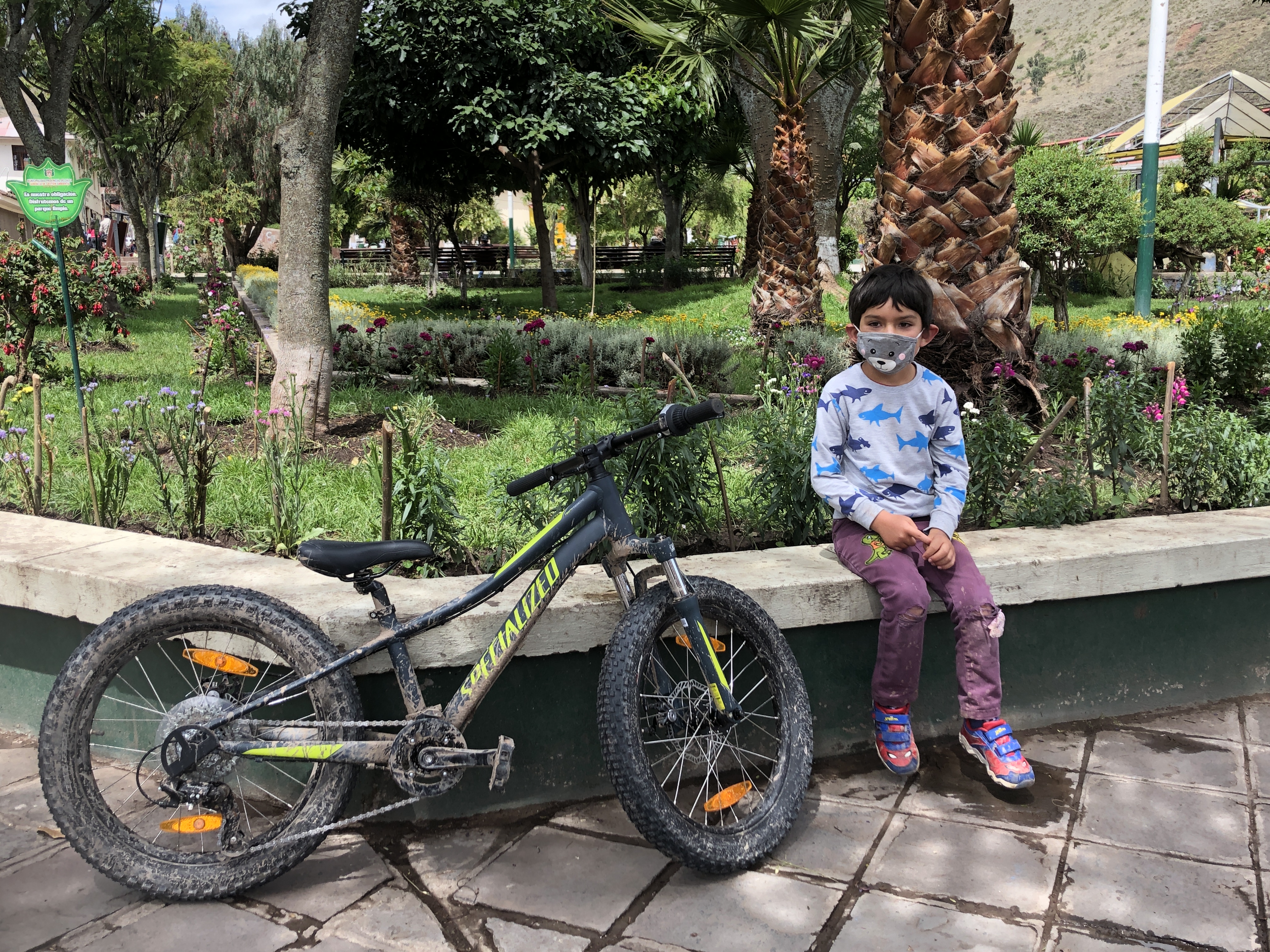I changed banks recently, moved from a Peruvian bank to a multi-national headquartered in Canada. The new bank’s online platform works well for the most part but I noted an interesting anomaly when I went to wire some funds overseas. Nothing nefarious on my side, just trying to get what little bit of savings I have out of Peru before the commie government takes over later this month. As an aside, the talking heads are now saying that the incoming commie government isn’t really commie, it’s just a guy who ran on the communist party ticket. Either way, I feel like my little bit of savings – taxes paid and everything – is safer elsewhere.
What little anomaly, you ask? Lay your eyes on the country list where you can transfer funds to. This isn’t photo shopped or butchered in any way. The bona fide web site of the Peruvian division of one of Canada’s largest banks. The country list includes East Germany, Rhodesia, Yugoslavia, the USSR and various other countries that ceased to exist decades ago.
You could argue this is just an innocent oversight but since these countries ceased to exist well before the internet as we know it was born I figured there had to be something more than meets the eye. I put in a phone call to the CIA but the friendly lady on the other side of the line wouldn’t confirm or deny anything. However, she did say Prez. Joe prefers newer cleaner methods of funding clandestine operations. These days they prefer not to get into drug and weapons smuggling scandals. Out of curiosity I asked if the Secret Service was still in the perfume business but she would not comment.
The friendly CIA lady played coy but she did point out that without an account nr the country code alone is quite useless. However, a casual search of used cars on Craig’s list Langley easily turns up an advertisement for a used Yugo with a VIN nr. that is strikingly similar to a 12-digit bank account nr.
Innocent oversight or clandestine payment gateway? You be the judge!


